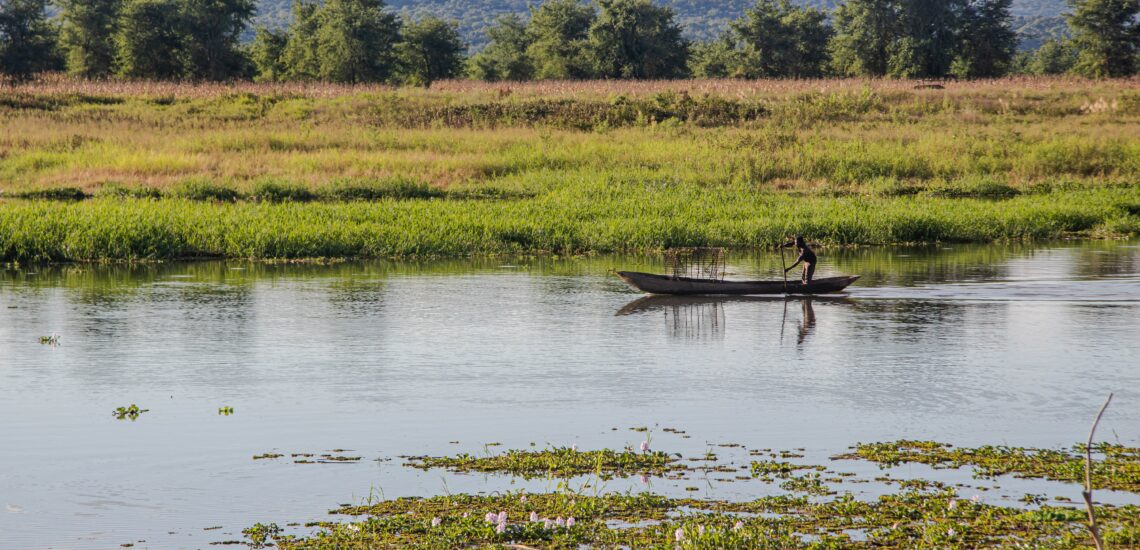Quick facts about Zambia:
- Population: Approximately 21 million people.
- Capital: Lusaka.
- Official Language: English.
- Other Languages: Numerous indigenous languages are spoken, including Bemba, Nyanja, Tonga, and Lozi.
- Currency: Zambian Kwacha (ZMW).
- Government: Unitary presidential republic.
- Major Religion: Christianity (predominantly Protestant and Roman Catholic), with indigenous beliefs also practiced.
- Geography: Landlocked country in southern Africa, bordered by Tanzania to the northeast, Malawi to the east, Mozambique to the southeast, Zimbabwe and Botswana to the south, Namibia to the southwest, Angola to the west, and the Democratic Republic of the Congo to the north. Known for its high plateau terrain, rivers, and waterfalls.
Fact 1: Zambia has on of the largest man-made lake in the world
Zambia is home to Lake Kariba, one of the largest man-made lakes in the world, located on the border with Zimbabwe. Created in the late 1950s with the construction of the Kariba Dam on the Zambezi River, the lake covers approximately 5,580 square kilometers and extends about 280 kilometers in length. This massive body of water serves as a key resource for both countries, providing hydroelectric power, supporting fisheries, and drawing tourists to the scenic views and wildlife along its shores.
Lake Kariba’s creation led to significant ecological and social changes, including the relocation of communities and wildlife. Over the years, it has become an essential part of Zambia’s economy, supporting fishing industries and generating energy for the region.
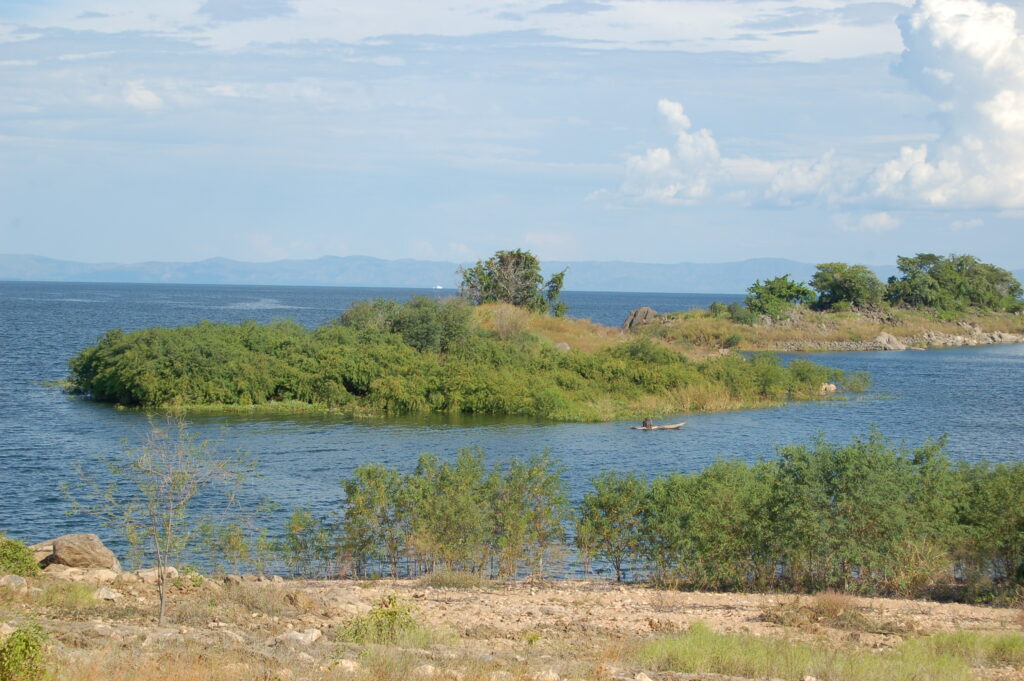
Fact 2: Zambia’s population is growing at a great rate
Zambia’s population growth rate is one of the highest in Africa, with an annual increase estimated at around 3.2%. This growth has resulted in a relatively young population, with nearly half of the country’s residents under the age of 15. Factors contributing to this rapid increase include high birth rates and improvements in healthcare that have reduced child mortality. However, the rapid growth also brings challenges in terms of resource management, economic development, and the need for expanded educational and healthcare services.
Fact 3: Under public protection for about a third of the country
Approximately one-third of Zambia’s land area is under public protection, primarily in the form of national parks and game management areas. This extensive network of protected areas helps to conserve the country’s rich biodiversity, which includes iconic species such as elephants, lions, and giraffes. Major parks like South Luangwa, Kafue, and Lower Zambezi are known for their diverse ecosystems and are popular with ecotourists, providing a critical source of revenue for Zambia’s economy.
Conservation in these areas also serves as a buffer against issues such as poaching and habitat loss, which threaten many species.

Fact 4: Zambia’s main export is copper
Copper is Zambia’s primary export, accounting for about 70% of its export revenue. The country sits atop one of the world’s largest copper reserves, mainly in the Copperbelt region, which stretches along Zambia’s northern border with the Democratic Republic of Congo. Mining has been the backbone of Zambia’s economy since the early 20th century, contributing significantly to its GDP and employing a substantial portion of the population.
The global demand for copper, especially in industries like electronics and renewable energy, has kept Zambia’s economy heavily reliant on the commodity. However, this dependence on a single export exposes the country to market volatility, as fluctuations in global copper prices directly impact its economic stability.
Fact 5: Together in Zimbabwe, Zambia is home to the Victoria Falls
Zambia, together with Zimbabwe, shares one of the world’s most spectacular natural wonders—Victoria Falls. Located on the Zambezi River, the falls form the border between the two countries and are often described as one of the Seven Natural Wonders of the World. Known locally as “Mosi-oa-Tunya,” meaning “The Smoke That Thunders,” Victoria Falls is remarkable for its width and height, spanning approximately 1,700 meters and plunging up to 108 meters into the gorge below.
The falls attract tourists from around the world, boosting both Zambia’s and Zimbabwe’s economies through tourism revenue. The surrounding area, protected by national parks on both sides, is home to a diverse range of wildlife, including elephants, antelope, and various bird species, which enhance the natural allure of the region. Victoria Falls is also a popular spot for adventure activities like bungee jumping, white-water rafting, and helicopter tours.
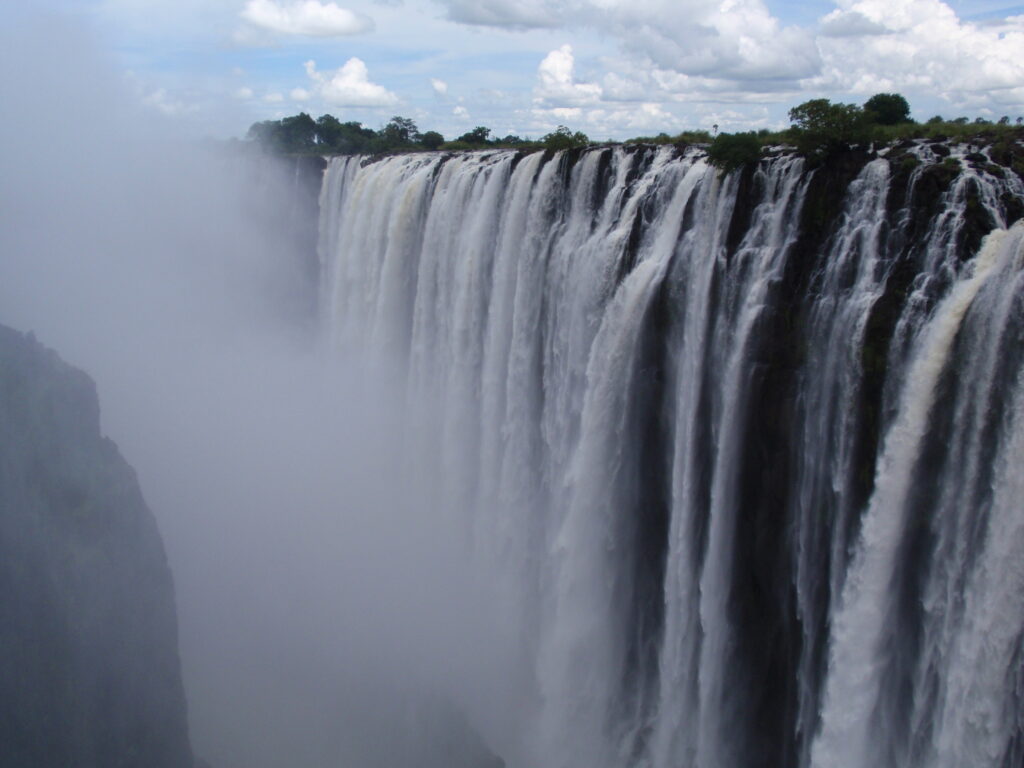
Fact 6: The Zambezi River also gave the country its name after the colonial period
The name “Zambia” was derived from the Zambezi River, reflecting the country’s transition from colonial rule to independence in 1964. During the colonial period, Zambia was known as Northern Rhodesia, a name imposed by British colonial powers. However, at independence, national leaders chose to rename the country to mark its sovereignty and cultural heritage. The Zambezi, with its association to life, sustenance, and even mythology within various local communities, provided an apt namesake.
Fact 7: Zambia also has a waterfall twice as high as Victoria Falls
Zambia is home to Kalambo Falls, one of Africa’s tallest waterfalls and significantly higher than Victoria Falls. Located on the Kalambo River along the Zambia-Tanzania border, Kalambo Falls plunges approximately 235 meters—over twice the height of Victoria Falls’ maximum drop of 108 meters. This spectacular waterfall descends in a single uninterrupted drop, making it not only visually impressive but also geologically unique.
Kalambo Falls is surrounded by rich archeological sites, with evidence of human activity dating back more than 250,000 years. This heritage, combined with the falls’ remote beauty, has made it an area of interest for both researchers and adventurers.
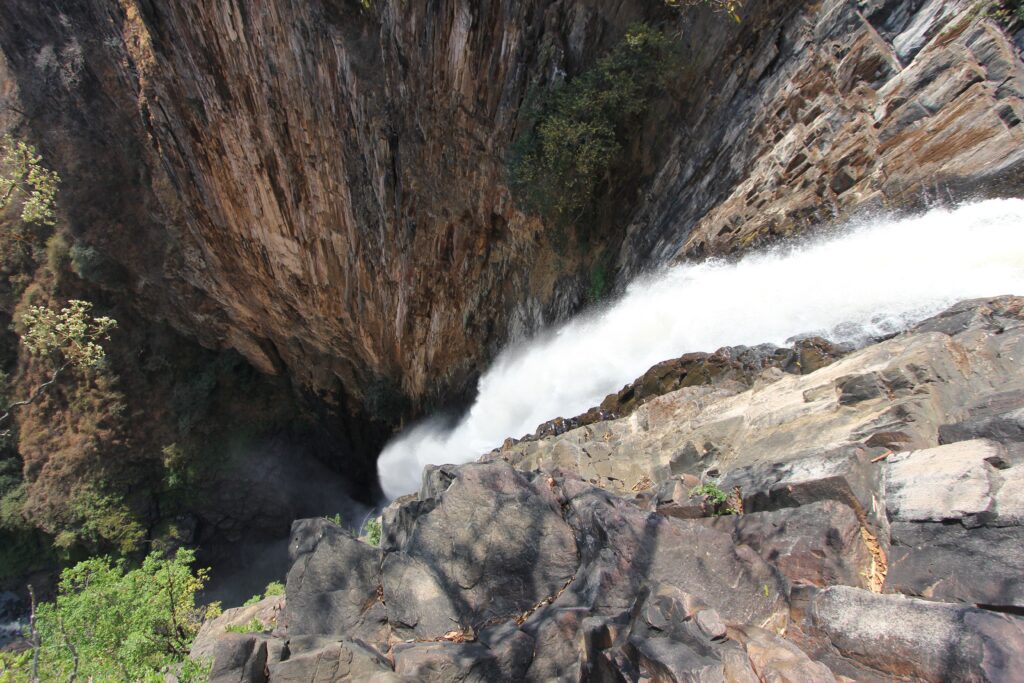
Fact 8: Here you can see the giant termites
These towering structures, built by colonies of termites over many years, are often as much a part of Zambia’s scenery as its grasslands, woodlands, and savannahs. The mounds, which are visible across many parts of the country, are particularly prominent in areas with limited human disturbance, allowing the colonies to thrive and build over long periods.
These termite mounds serve essential ecological roles beyond their architectural curiosity. Termites are crucial decomposers, breaking down organic material and enriching the soil, which benefits plant growth and biodiversity.
Fact 9: If you love safaris, Zambia features the Big Five of Africa and other animals
Zambia is a prime safari destination, renowned for its rich wildlife and opportunities to encounter Africa’s iconic “Big Five”: elephants, lions, leopards, rhinos, and buffalo. Its national parks, particularly South Luangwa, Lower Zambezi, and Kafue, are celebrated for their vast, unspoiled landscapes and relatively low tourist traffic, which offers a more intimate and immersive safari experience compared to busier destinations in Africa. South Luangwa, especially, is known as the birthplace of the walking safari, allowing visitors to track wildlife on foot under the guidance of skilled rangers.
Beyond the Big Five, Zambia is home to diverse wildlife, including hippos, crocodiles, wild dogs, and over 750 bird species, making it a paradise for birdwatchers and nature enthusiasts alike. Seasonal variations in water levels also shape the safari experience, with the dry season (June to October) providing excellent game-viewing as animals gather around shrinking water sources, while the green season (November to March) brings lush landscapes, abundant birdlife, and newborn animals.
Note: When planning a trip to the country, check if you need an International Driving Permit in Zambia to rent and drive a car.
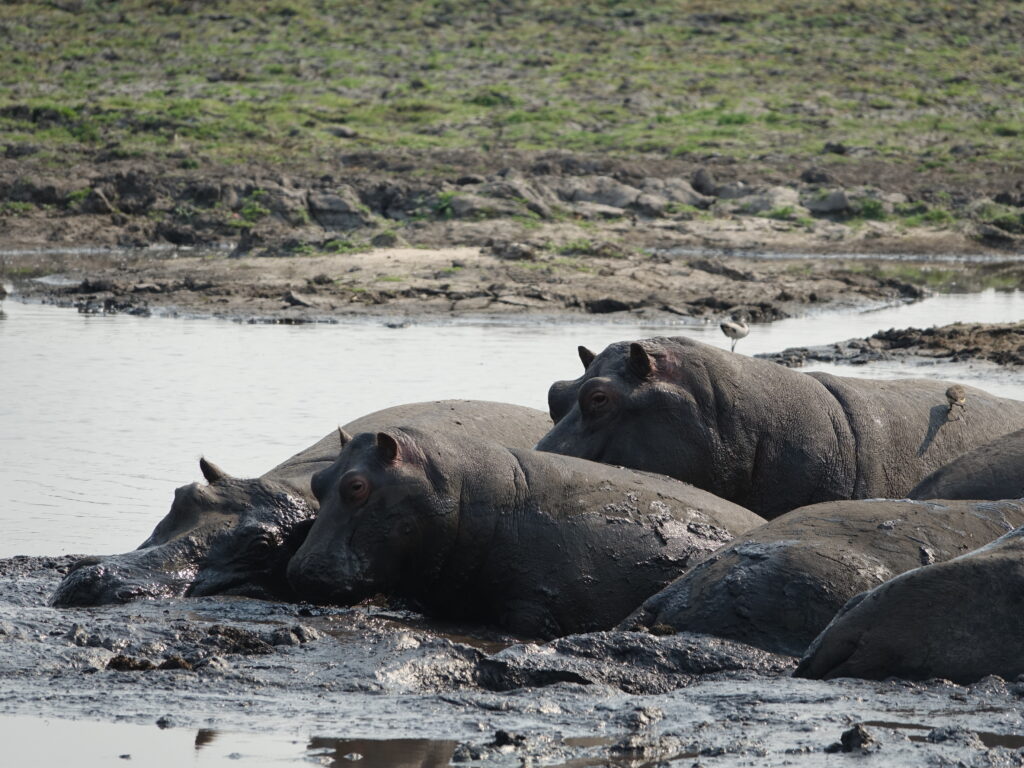
Fact 10: Zambia is one of the most politically stable countries in Africa
Since gaining independence from British colonial rule in 1964, Zambia has notably managed to maintain a relatively stable political environment compared to many other African nations. While some countries on the continent have experienced prolonged periods of conflict, civil wars, or coups, Zambia has largely avoided such turmoil.
This stability can be attributed to several factors, including a history of peaceful transitions of power, a multiparty democratic system, and a strong civil society. After the end of a one-party state in the early 1990s, Zambia embraced multiparty democracy, which has allowed for regular elections and political pluralism. Although the country has faced challenges such as economic fluctuations and social issues, it has maintained a commitment to peaceful governance, making it one of the more stable nations in Southern Africa.

Published October 26, 2024 • 7m to read

